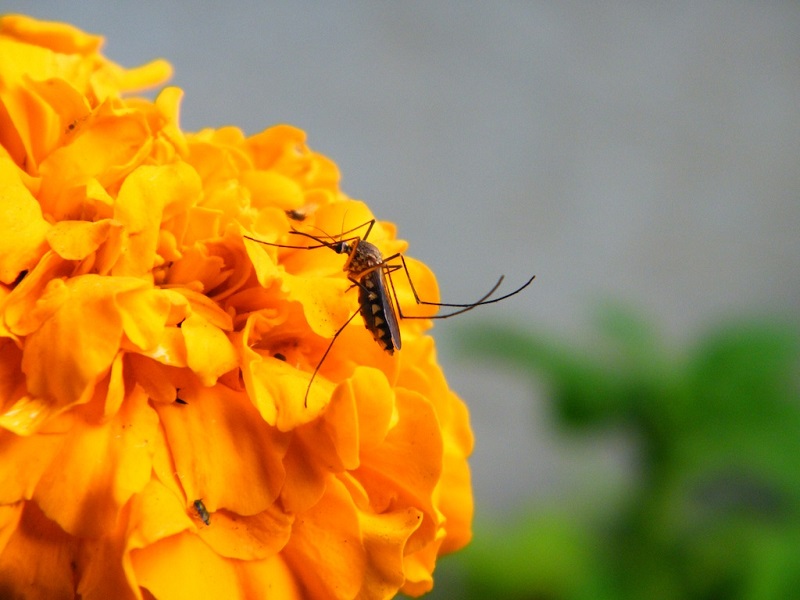It’s important to keep a close eye on the condition of our dog’s skin. Here are some of the conditions that our beloved pets can suffer from:
- Fleas
Dogs can be very sensitive to flea bites and resulting allergies that occur can become quite serious. Even if you don’t see any fleas, a bite can cause a severe reaction. Flea prevention treatments can help, and a vet can advise you on the best type to use. These can help prevent flea allergy dermatitis that cause great itchiness and discomfort in dogs. You’ll also need to treat your dog’s bedding and the surrounding environment. It might be a good idea to replace your dog’s collar. For Dog Collars and Leads, visit iwoof.com

- Mange
Mange is caused by a few different mite species and can occur at any time of the year. Some species are found in hair and skin follicles and the problem is noticeable by seeing skin lesions. Mange can cause sores, bald spots, hair loss, redness and intense itchiness.
- Ringworm
This isn’t a worm but is, in fact, a fungal infection. It is very contagious, spreading to both other animals and humans, so you’ll want to see a vet immediately if you suspect ringworm. The infection can appear as crusty, round bald patches. Treatment can be in the form of medicated shampoo or an oral medicine.
- Food Allergies
You might not realise that dogs can become allergic to their food. Typical allergies include reactions to dairy, chicken, egg and beef. Signs of an allergy include itchiness on the face, ears, feet and anus. Allergies with food can also cause gastrointestinal upset including diarrhoea and vomiting. A food elimination trial is a normal approach to determining an allergy.

- Bacterial Infections
Bacterial infections of the skin can be caused by a complication of an allergy to flea bites, their food or the environment. When a dog scratches, they can break the skin and dirt enters the wound. If you suspect an infection, take your dog to the vet straight away.
- Yeast Infections
It is common for yeast to be found on dogs’ skin, particularly between their toes, around the anus and in the ears. A yeast infection is most commonly found in dog breeds with floppy ears, but any breed can be affected. Such infections can occur in humid summer conditions, after going swimming or as a secondary issue along with an allergic skin reaction. Signs of a yeast infection include itchiness with hair loss, redness and thickening of the skin. If lesions are present, they will normally give off an unpleasant smell. An infection can be treated with ear drops and medicated shampoos.


